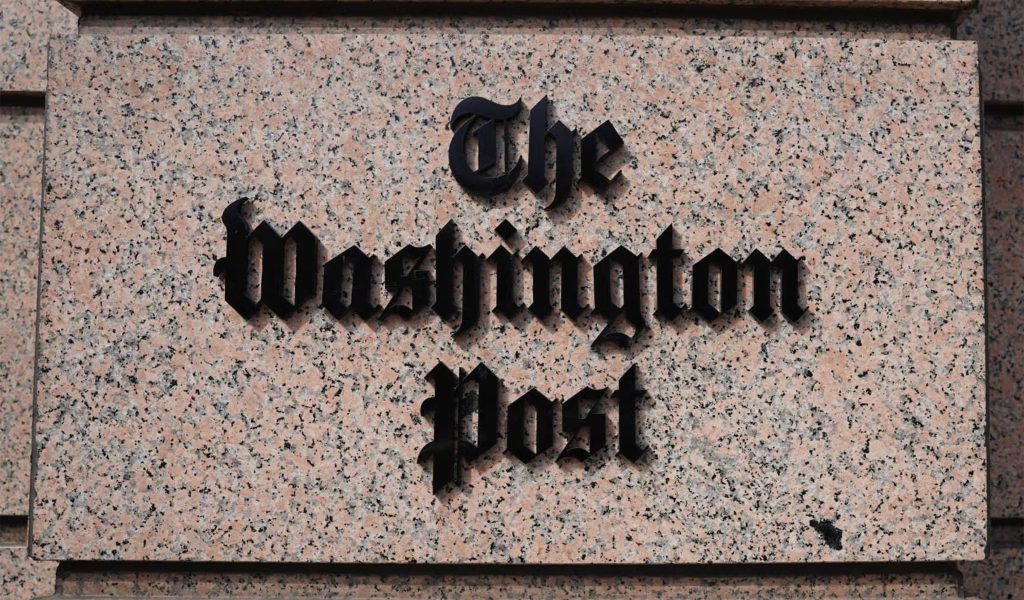In a Wall Street Journal column from around ten years ago, Andy Kessler noted that the initial laser printers retailed for $18,000. What costs a few hundred today used to be out of reach for the vast majority of us.
So what happened? Did a “tight” Federal Reserve shrink so-called “money supply” to bring down the prices of those printers? In reality, falling prices are a happy consequence of production of goods and services taking place among a growing number of hands and machines around the world.
Monetary policy is so small on the matter of prices, while division of global labor is gargantuan. This requires mention given Hoover Institution columnist John Cochrane’s latest column for the Wall Street Journal. Cochrane wants to “stop and cheer” the Federal Reserve’s “successes” over the last fifteen years whereby it “engineered a fundamental advance in monetary policy by paying interest on reserves and supplying ‘ample’ reserves.” It didn’t read right, and more important, it didn’t sound like Cochrane. The old Cochrane would have recognized that no individual, no neighborhood, no city, state, or country need ever worry about “ample” reserves, or money, or any exchange medium. Where there’s production, credible money to facilitate the exchange of what’s produced is never a problem.
Cochrane writes of an “optimal quantity of money” that can allegedly be supplied by wise central banks. Except that the Fed can’t control these things. Think Palo Alto, where Cochrane keeps an office. Imagine if the Fed were to sell Treasuries in large amounts to Palo Alto banks in order to shrink the quantity of money in the proverbial center of the technological universe. Such a scenario would be reversed by aggressive, return-seeking investors in a matter of minutes.
Conversely, imagine if the Fed were to buy bonds in large amounts from banks in neighboring, and less economically vibrant East Palo Alto in order to liquefy economic activity there. Such a move would similarly be reversed by market actors within minutes. The so-called “supply” of money is production determined. In other words, money in circulation is always optimal, and reflects economic activity.
Cochrane writes that “paying interest on reserves allows the Fed to provide liquidity and maintain financial stability.” No, it just distorts lending. If the Fed is overpaying for bank reserves, the act of doing so logically warps bank lending more broadly.
By extension it harms the health of the banking sector. Easily forgotten is that in a normal environment free of the Fed shielding banks from market realities, those same banks would have to put the funds entrusted them to work without the Fed as a backstop. Naturally, the lousy banks incapable of allocating funds properly would more quickly be acquired by their betters in a scenario without the Fed. Precisely because banks can play a salutary role in economic growth, we want the Fed to leave them alone.
Which brings us to inflation. Cochrane contends without evidence that the latest “inflation” situation was born of “massive fiscal stimulus.” Here he pairs discredited Keynesian theory with disdain for markets. This is interesting mainly because it used to be that individuals like Cochrane would raise a skeptical eyebrow to magical Keynesian notions of “spending multipliers.” What the Cochrane of old meant is that governments have no resources other than what they extract from the private sector first. Translated, governments can only stimulate consumption insofar as they commensurately deaden it elsewhere. Without defending the horrid, economy-sapping tax that is government spending for even a second, it in no way increases demand on the way to supply/demand mismatches that drive up prices.
Cochrane similarly contends that government borrowing leads to inflation. Evidently Japan didn’t get the memo in recent decades, not to mention collapsing yields on U.S. Treasuries over a 40-year span when the federal debt rose from $900 billion (1980) to $33 trillion today. Without defending government waste yet again, it’s only logical that sizable government borrowing would occur in a non-inflationary environment now, and in the future. To presume otherwise is to presume that the deepest markets in the world are populated with gullible buyers eager to purchase dollar income streams that are declining in value. Even “dumb money” isn’t this dumb.
The view here is that Cochrane has mistaken rising prices for inflation. Except there’s an ocean of difference between the two. No doubt prices for many goods are higher post-Covid lockdowns, but Cochrane has mistaken the culprit. For clues as to why, see this write-up’s opening: the biggest driver of falling prices is the rising number of hands and machines cooperating in the making of products.
Cooperation was eviscerated to varying degrees in 2020 by panicky politicians. That prices are higher in the aftermath of this global taking of freedom is a statement of the obvious. The only problem is that the imposition of command and control has nothing to do with inflation.
Republished from RealClear Markets




